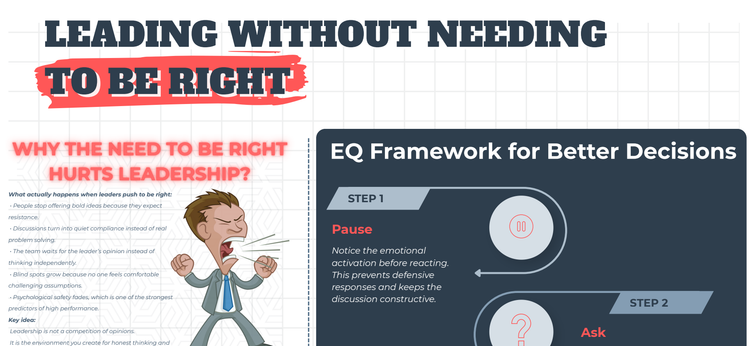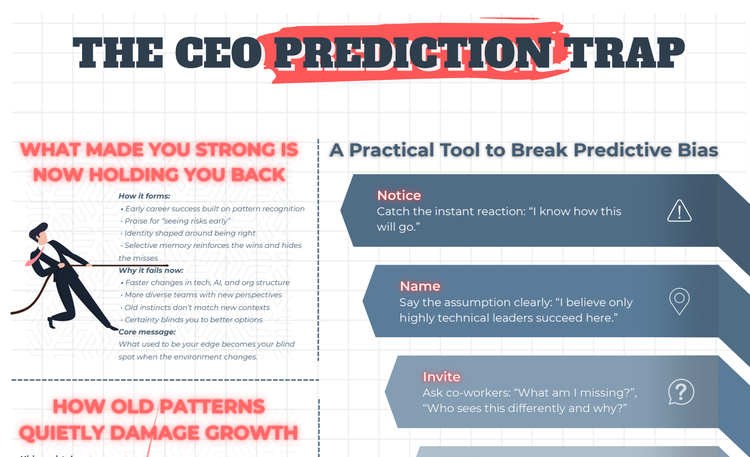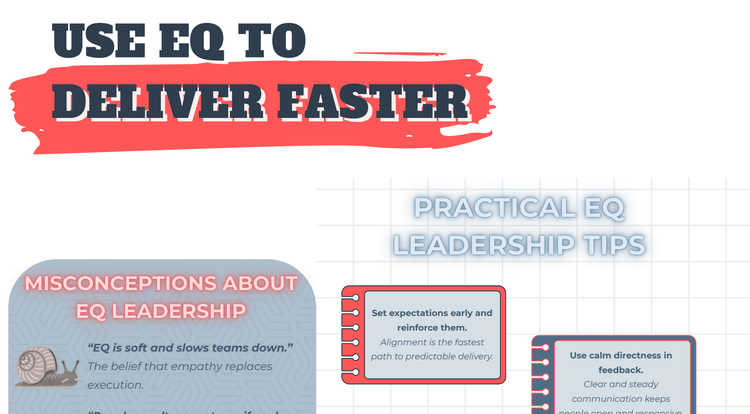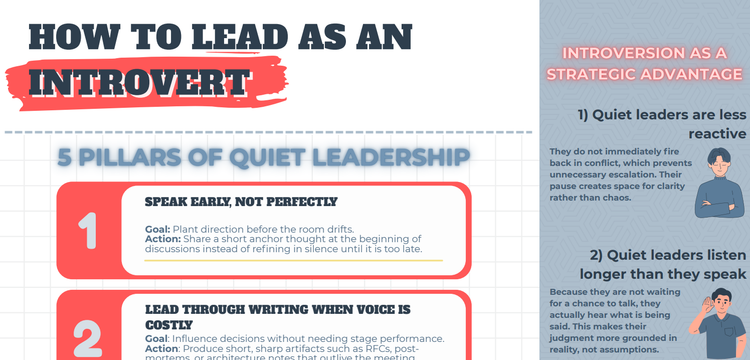Conflict Diffusion Framework
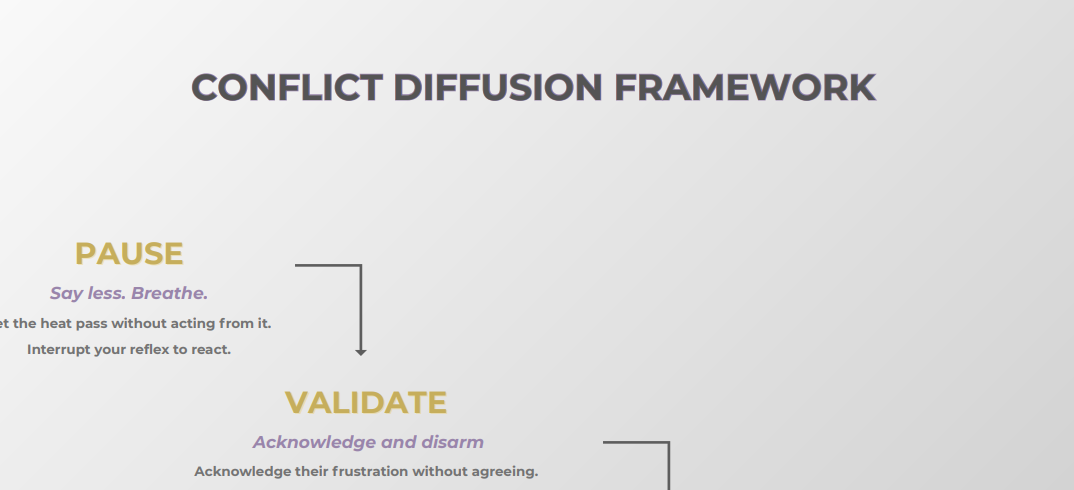
A practical EQ-based tool for staying calm and leading through tension
🎯 What it’s for:
Handling emotionally charged moments, especially when you’re publicly challenged, misunderstood, or put on the spot.
This framework helps leaders avoid reactive behaviors that erode trust and instead turn high-pressure moments into opportunities for clarity and connection.
✅ When to use it:
- Someone confronts you in a group setting
- A stakeholder accuses you of overstepping
- A teammate responds emotionally to feedback
- Conflict is brewing and you want to intervene productively
🧠 The Four Steps
1. Pause
Let the heat pass without acting from it. Say less. Breathe. Interrupt your reflex to react.
Example:
“Let’s take a breath—I can hear some strong feelings here.”
2. Validate
Acknowledge their frustration without agreeing. Disarm them by showing you see their emotional experience.
Example:
“You’re right that we had alignment last week. I get why revisiting this feels off.”
3. Reframe
Shift the lens to focus on the shared purpose or new context. Show that this isn’t about ego, it’s about the work.
Example:
“What’s changed is some new input from product, and I want us to align before sprint planning.”
4. Invite
Turn confrontation into collaboration by engaging their perspective.
Example:
“How do you think we can move forward while honoring both concerns?”
🧭 Why it works:
- It models emotional regulation
- It keeps conversations constructive
- It helps the room stay safe, not just the relationship
- It protects authority without becoming defensive
🔁 Bonus: You Can Practice This Ahead of Time
- Prepare 1 sentence you’ll use to pause
- Think of a phrase you can use to validate without conceding
- Anticipate reframes around shared goals
- Practice inviting language that opens dialogue
💬 “Calm isn’t weakness. It’s what allows strength to be heard.”
📥 Download the Framework
Get a printable version of the framework here:
Subscribe to download the pdf!
